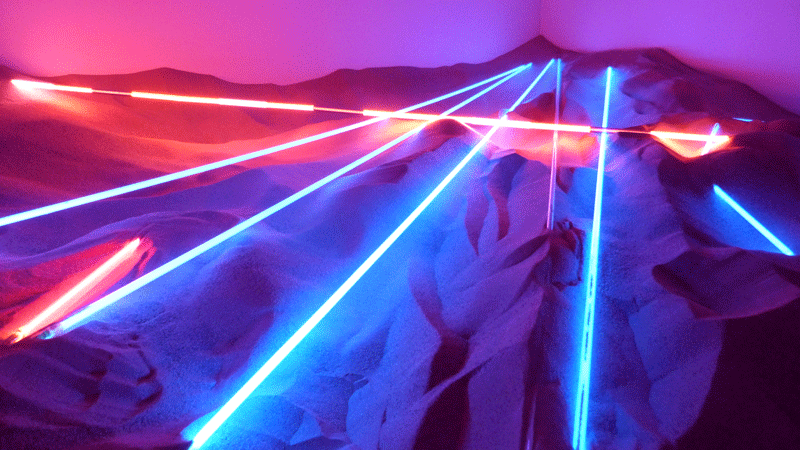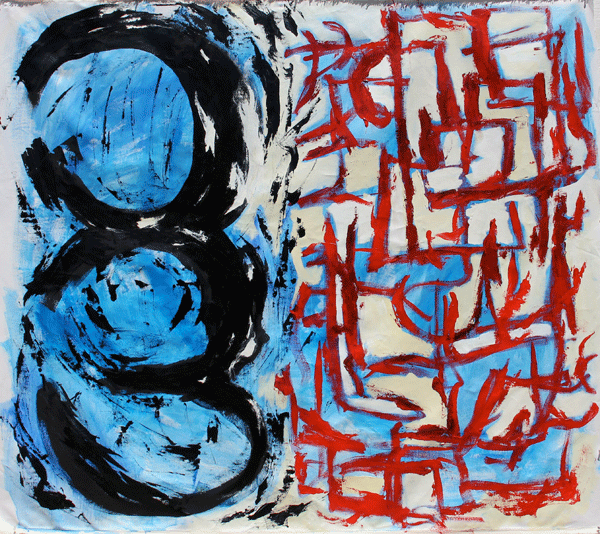LADDIE JOHN DILL / ALAIN ROGIER
OPENING RECEPTION SATURDAY OCTOBER 18th, 2014
Joint Artist Talk 6PM – 7PM
Artist Reception 7PM – 10PM
exhibit featured through 12.02.14

“Eternally Ephemeral”, 2014
sand, helium, neon
96 x 96″
The Loft at Liz’s Projects Room
Laddie John Dill, a Los Angeles native, was born in Long Beach and attended Santa Monica High School. He graduated from Chouinard Art Institute in 1968. At the age of 28, Dill had his first one-man exhibit at the Illeana Sonnabend Gallery in New York. Dill’s list of exhibitions includes galleries and museums from Seoul, Paris, Nogoya and Helsinki; to New York, Kansas City, Seattle, and throughout Northern and Southern California.
Laddie is the recipient of two National Endowment grants: one for sculpture and one for painting, and a Guggenheim Fellowship for painting. He has also taught extensively at UCLA, UC Irvine, Art Center in Pasadena, and lectured in numerous universities and art institutions across the United States. He is currently in preparation for the (Yves) St. Laurent Foundation’s travelling exhibition of International light and space artists, beginning in mid-January 2015. The exhibition will commence at The Palais de Tokyo (Paris), moving on to the Museo d’Arte Contemporanea di Roma (MACRO, Rome), Madrid, London, New York (venues TBA) and continuing its run to Tokyo, Beijing and Shanghai.
“Light Trap”
This featured series of aluminum wall pieces was fabricated using 6061 Aircraft Aluminum, most commonly used in building airplane fuselages. This material is extremely strong and contains excellent welding properties. The “Light Trap” series captures the immediate ambient light in the room, which is affected by the track of the sun and the color of its surroundings. Once the metal is welded and polished, it traps and releases light from any ambient light which creates a three-dimensional optical effect. The shapes intertwine to accentuate movement as one passes through and light changes throughout the day. Utilizing The Loft at Liz’s architecture and natural light sources, the artist will create a site-specific installation in the main gallery while featuring a second installation (see next paragraph) in the gallery’s Projects Room.
“Composition in Sand and Light”
In late 1960’s Laddie John Dill began experimenting with neon, argon and helium gases. Interested in the projection and the way each gas carried light onto different surfaces, sand created the perfect environment for these light installations. Once projecting light on sand, particularly grain sand, the light used would affect each granule, illuminating the sand and creating shapes similar to landscapes.
The interest was in setting up a complex structure that reflected light while giving the illusion of piercing through a solid object. Working with a glass blower that could fabricate materials for him, Dill would literally stand over his shoulder, “Pull it here, pull it there, this link, that link.” Until he could make his own tubes, he would write them out like a script. He began referring to the pieces as ‘light sentences’, as they were much like scripted things. The mass of the sand forming landscape structures would appear arbitrary – yet it is actually very carefully poured, using the shape and weight of the sand to its greatest cogency, both physically and visually. To this regard, it is important to note that each sand structure is unique and therefore dictated by the architectural structure that encompasses it.
A central figure in the California Light and Space movement, Laddie John Dill has been crafting light and earthy materials like concrete, glass, sand, and metal into luminous sculptures, wall pieces, and installations since the late 1960s. Referring to his choice of materials, Dill explains: “I was influenced by [Robert] Rauschenberg, Keith Sonnier, Robert Smithson, Dennis Oppenheim, and Robert Irwin, who were working with earth materials, light, and space as an alternative to easel painting.”

“Red, Black, Blue and White Diptych #3”, 2012
acrylic on canvas
72 x 60″
Alain Rogier’s work simultaneously confronts, demands and aesthetically pleases. It is filled with bold colors, confident marks, and hard edged lines mixed with sinewy organic ones that compel us to fully engage the work. It repels passiveness. The work is suffused with musical undertones, reflecting the artist’s search for both optimism and serenity.
The son of Auschwitz survivors, Rogier’s abstract work clearly expresses the complicated emotions arising from that perspective on life. It is language that Theodor Adorno would have understood and appreciated. Walls of color and lines and paintings within paintings explore the inner conflict that was a hallmark of Abstract Expressionism and renders this movement ever relevant to our times. His work is part of a long lineage of Modernist avant-garde transgressive strategies that alienated entrenched cultural views with challenging aesthetics and the elevation of agitated gesture, provocative, moody color, large scale reflected by such artists as DeKooning and Kline. Rogier understands that expressionistic painting is part of a larger trajectory or continuum, an unexhausted unfinished project expanding beyond the mythic, grand narratives of progress upon which it was initially predicated. His work communicates the struggle for an aesthetic beauty that never leaves difficult or tragic content far behind. The weighted and forcefully applied brushstroke and evocative color combinations with contrasting sensuous organic lines transmit complex feelings and emotions; unexpected juxtapositions of universal forms and the ambiguous spatial contingencies foment tensions and debate. In some of his works on display, he frames this dialogue with repeated crossing hard edges and lines anxious to be broken and released from their constraints. Critic and art historian Donald Kuspit has ascribed the term “The Expressive Cure” to both early 20th century expressionism and to its current forms for its power to express the most profound and super-sensuous subtleties of emotion. Rogier utilizes this form to allow us to regale in beautiful colors and expressive movement only to find ourselves becoming aware that color and beauty can be deceiving and are not a safe haven for the vicissitudes of life. Rogier manages to seduce us with his varied palette. Only upon further reflection and viewing do we understand that his use of bold color is but one piece of the complex world that he helps reveal to us and that he uses to compel us to join him in this search for serenity.
CLICK TO VIEW OUR ARTIST TALK
SATURDAY OCTOBER 18th, 2014


